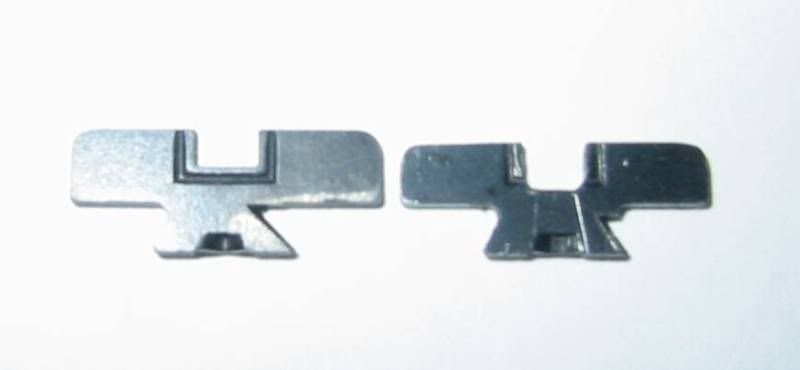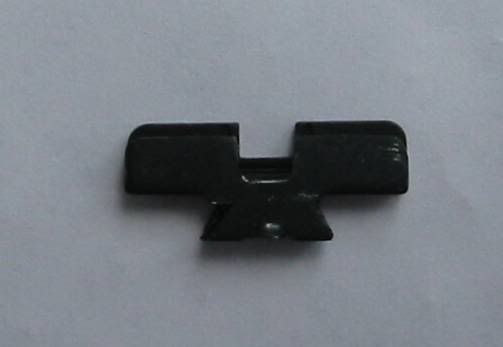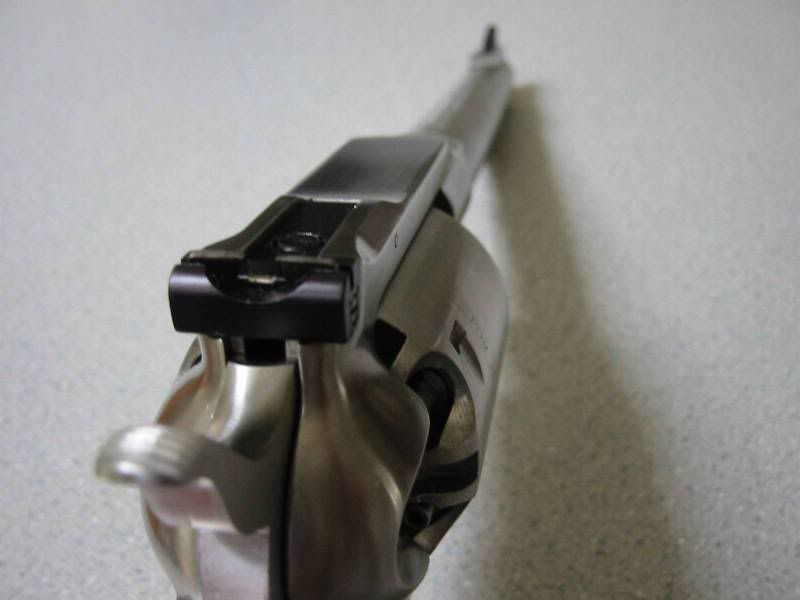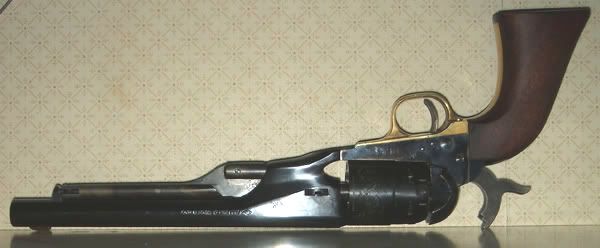Zippy, this requires a-whole-nother thread, because you can't put aside "the issue of the barrel rising higher with more recoil", especially with handguns. The differences in trajectories to which you are referring is practically insignificant at 20, 25, or even 50 yards at handgun velocities.
However, you were correct that BP revolvers shoot higher with heavier loads (more velocity). This is totally the opposite of smokeless handgun loads as any modern handgunner will tell you. So, just to be sure, I pulled some of my archived targets and sure enough, my 35 grain charges were printing higher than the 30 grain charges. But, I contend it had nothing to do with bullet drop at 25 yards.
Put your BP revolver on a table upside-down, resting on the sights. If your gun is sighted in at 25 yards you will notice that the barrel is pointing up from the table, which would be down when holding right-side-up. You'd think you would be shooting the bottoms of your targets or even into the dirt, but muzzle rise before the bullet exits the barrel gets the barrel up to where it needs to be to hit dead center. (See below)
Again, though, I'd rather not interrupt this thread any further. I thought what you said was incorrect, but it proved to be true with black powder revolvers for some reason. It is the opposite of that of smokeless handguns.
Now I need to go triple check my targets and do a range session just for this because I'm still skeptical that the type of powder would cause an opposite reaction.






